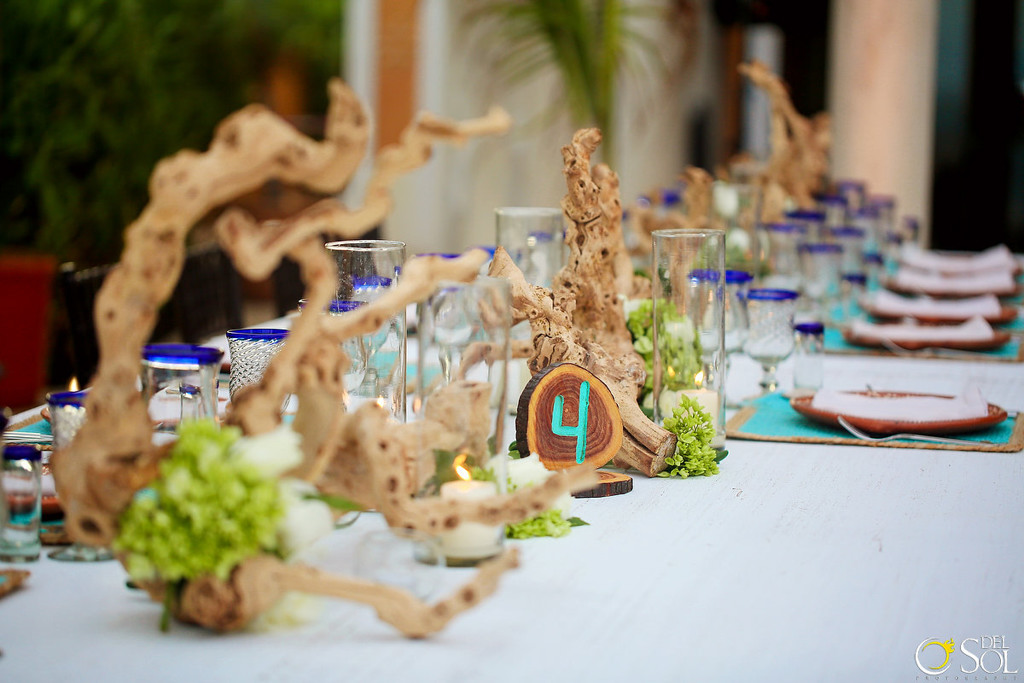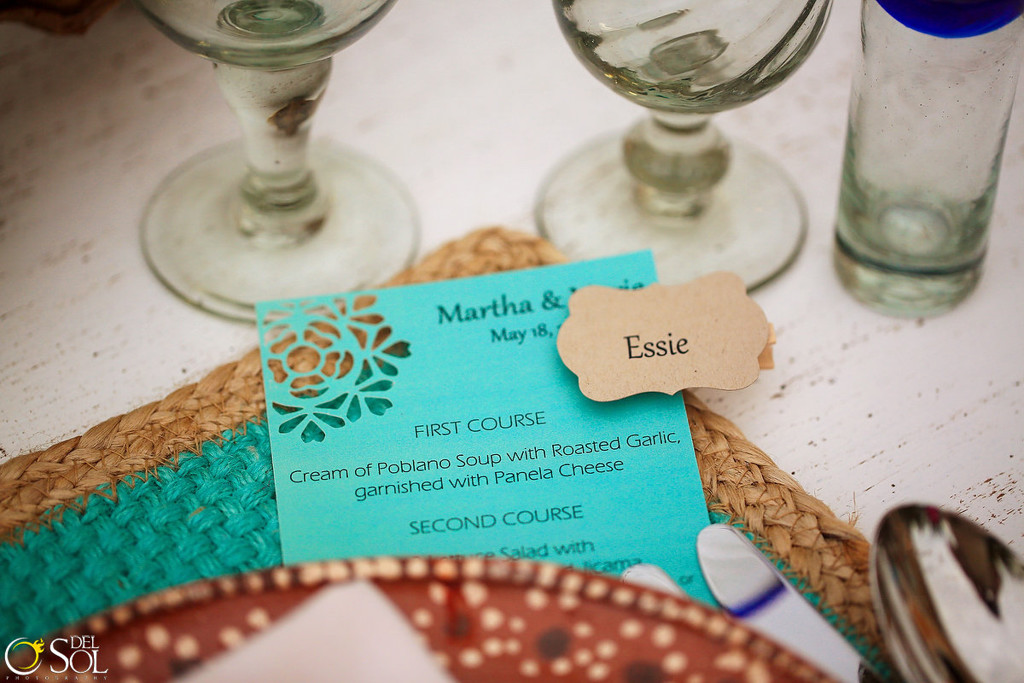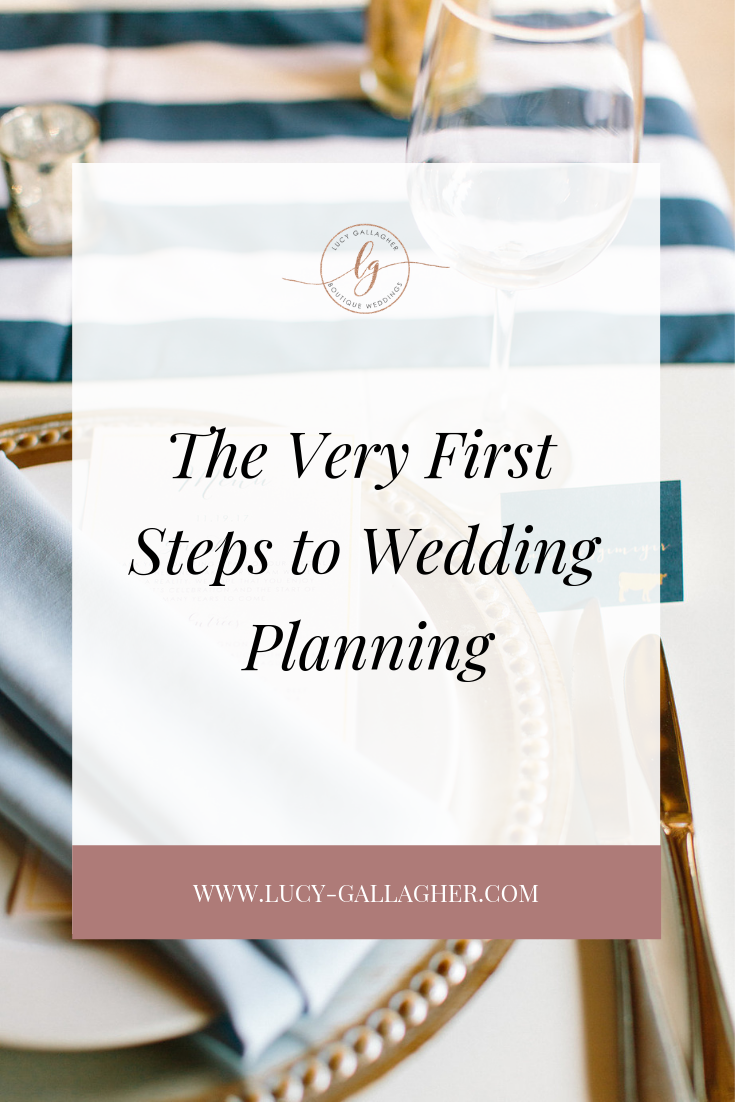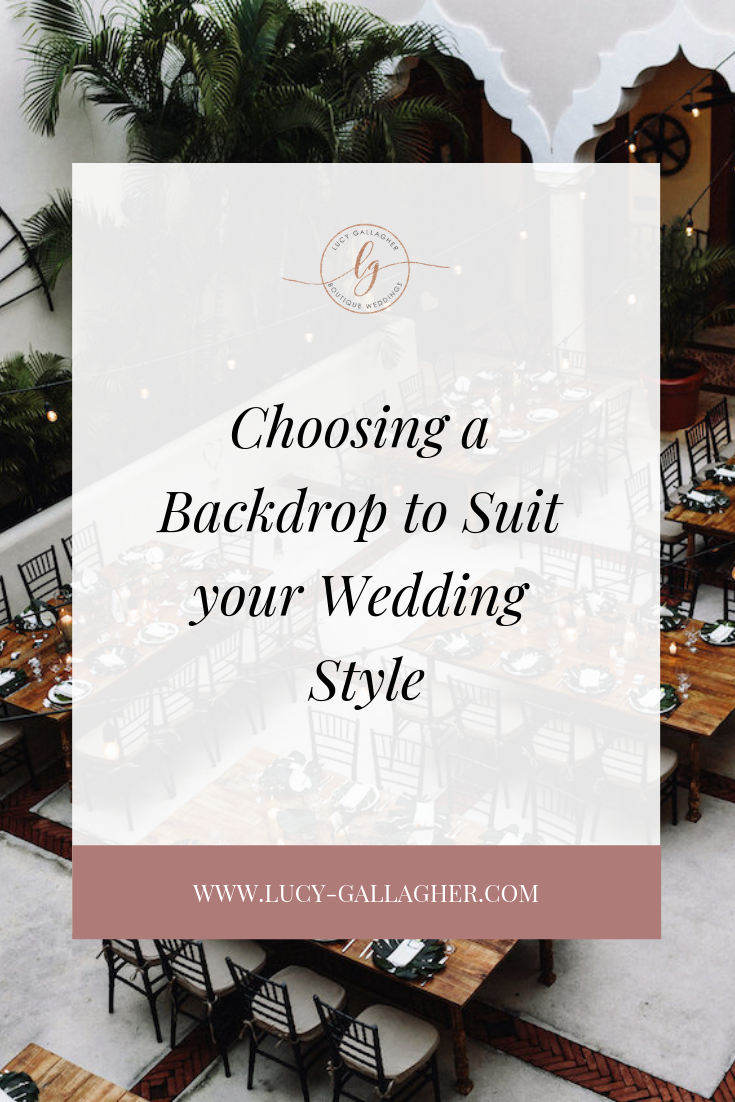Helping your Guests Find their Way
Managing the flow from ceremony to reception
One of the most important yet forgotten details at many weddings are the little directive details that help you manage the flow and experience your guests have throughout your day. It’s easy to overlook – small details like place cards and table numbers don’t make a huge impact on your design and it may be hard to see how they can add meaning. However, when your guests are searching for their seats or your caterer is trying to ensure that each guest is delivered the proper meal, they can be incredibly helpful.

 Photography: Del Sol Photography
Photography: Del Sol Photography
Seating Arrangements
I’ve seen it a hundred times. Couples plan on their guests coming together as one big happy family, only to realize three weeks before the wedding that Aunt Tilly can’t possibly sit at the same table as Grandma and Joe ended up married to Adam’s ex, so them sharing a table is out of the question. The scramble then begins to divide your guests appropriately so that your reception remains the tension-free celebration it is meant to be.
My advice: start early. As soon as you begin to receive RSVPs, work to lay out your table assignments. Not only does it give you plenty of time to hash out all of the relationship dynamics between your guests, but it ensures that each guest has a designated space and gives you plenty of time for escort and place cards to be printed.
Three Key Pieces
There are three key pieces of the puzzle that will keep your guests moving in the right direction – escort cards, place cards, and table numbers.
This article by Aisle Planner details the difference between those two tiny pieces of stationery that make a huge impact. In a nutshell, escort cards guide guests to their tables with corresponding numbers or names while place cards help them find their assigned seat at their table.
Your guests pick up their escort card during cocktail hour and follow the marking on their card to find their appropriate table. Having tables clearly marked is crucial to managing the flow of the process. You can designate your tables in a number of ways – with numbers, words, distinct design, or diverse centerpieces. Whatever you choose, make sure it is unquestionably related to the marking on your guests’ cards. Once at their tables, your guests’ seats will be designated by their place card, which, most of the time, is already in place.
The style you choose to serve your guests’ meals will impact your place cards.
If you choose to serve a plated meal, place cards are used to communicate with your caterer and serving team who has selected which entree (keep in mind that fewer options are easier to manage!). Be sure to use very clear markers so that the staff plainly see what they should be delivering to each guest. This also helps to remind your guests what they ordered on their RSVP card, minimizing the potential for difficult conversations with the chef. If a guest sees their date’s plate, they sometimes decide they’d like an alternate entree. With the careful planning your caterer does to ensure minimal waste and excellent preparation, in-the-moment changes can present big challenges. If your place card shows a clearly designated selection, your guests will be less likely to make the request.
Don’t count out the buffet! Buffets are a great serving option that remove the need to include the meal choice from your RSVPs and the designation from your place cards, which in turn helps to simplify your planning.
Some couples choose to combine escort cards and place cards, asking their guests to take their escort card to their table and seat themselves, rather than find their place card at an assigned seat. This is a perfectly acceptable solution – just make sure your guests know they are to take their escort cards to their tables and also ensure that meal designations are in place if needed.
Instilling your Personality
These details can seem pesky and time consuming, but it’s a great avenue for instilling your personality in your day in another way. Name your tables for places you have visited as a couple, or milestone events in your relationship. Use small bottles of your favorite liquor as escort “cards.” I have even seen couples include their pets in their table marker designations. Nothing is out of the question as long as you are able to clearly direct your guests.
Whatever you do, don’t wait until the last minute to decide how you will handle the ceremony-to-reception transition. Keep it at the top of your priority list as you finalize details. It can have a big impact on the experience your guests have, and the effort you put in will not go unnoticed.






